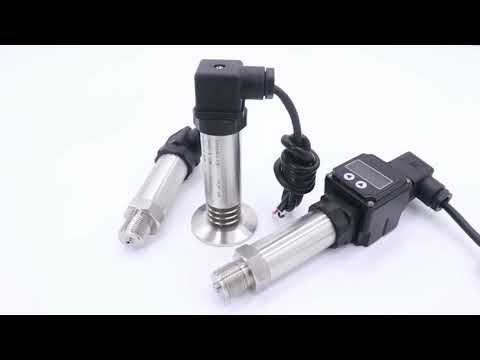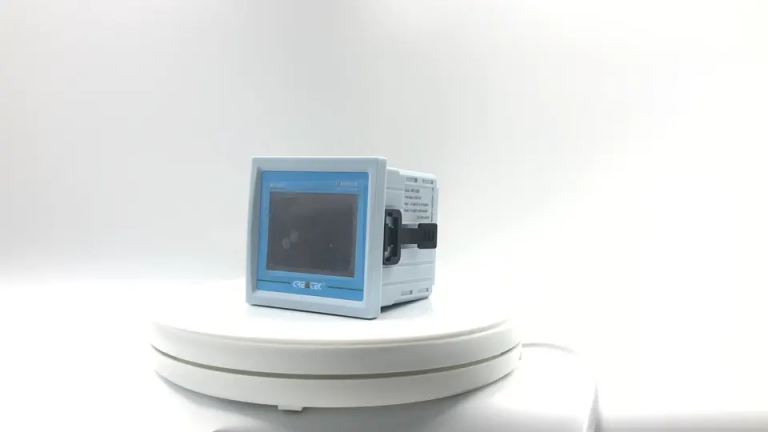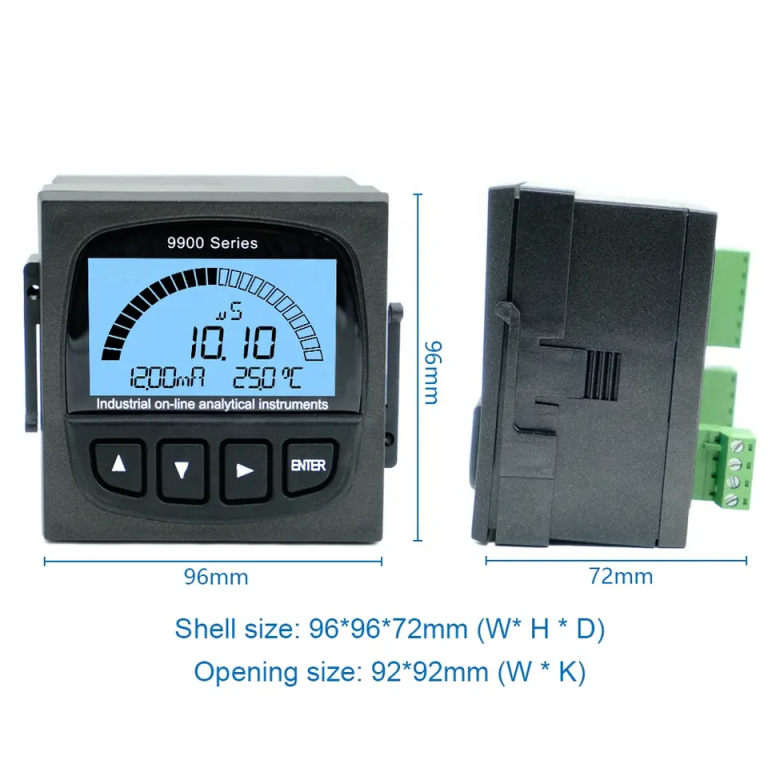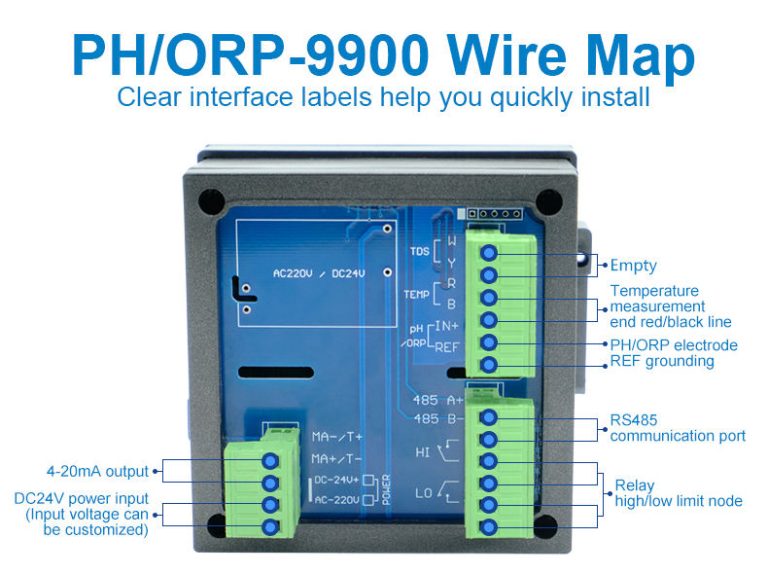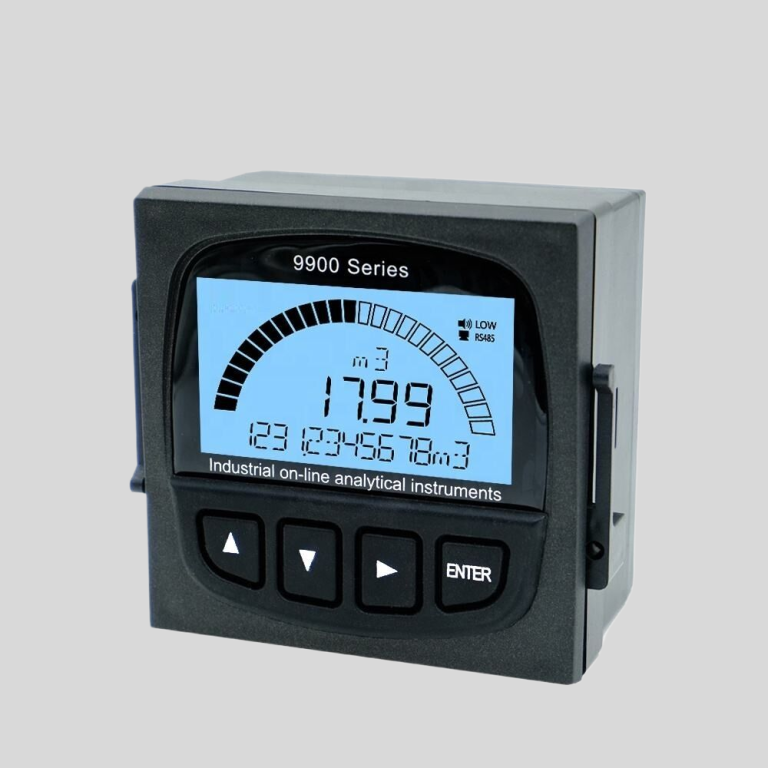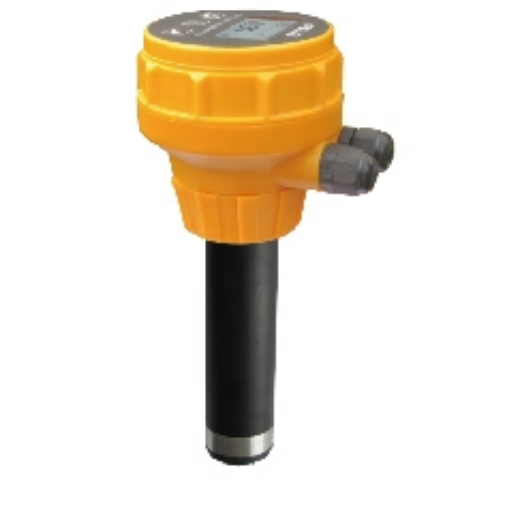Table of Contents
The Importance of Using a TDS Meter to Measure PPM in Water Quality Testing
Total Dissolved Solids (TDS) meters are commonly used in water quality testing to measure the concentration of dissolved substances in water. One of the most common units of measurement for TDS is parts per million (ppm). But does a TDS meter actually measure ppm? Let’s delve into the importance of using a TDS meter to measure ppm in water quality testing.
TDS meters work by measuring the electrical conductivity of water. When dissolved solids such as salts, minerals, and metals are present in water, they increase its conductivity. TDS meters detect this increase in conductivity and convert it into a reading that represents the concentration of dissolved solids in the water. This reading is typically expressed in ppm, which indicates the number of parts of dissolved solids per million parts of water.
Using a TDS meter to measure ppm in water quality testing is crucial for several reasons. Firstly, it provides a quick and easy way to assess the overall quality of water. High levels of TDS can indicate the presence of contaminants that may affect the taste, odor, and safety of the water. By measuring ppm with a TDS meter, water quality professionals can quickly identify potential issues and take appropriate action to address them.
Furthermore, measuring ppm with a TDS meter allows for accurate and consistent monitoring of water quality over time. By regularly testing the TDS levels in water sources, changes in water quality can be detected early, enabling prompt intervention to prevent any adverse effects on human health or the environment. This proactive approach to water quality management is essential for ensuring the safety and sustainability of water resources.
In addition, using a TDS meter to measure ppm in water quality testing can help to comply with regulatory standards and guidelines. Many regulatory agencies set limits on the maximum allowable TDS levels in drinking water to protect public health. By monitoring and documenting ppm readings with a TDS meter, water utilities and other stakeholders can demonstrate compliance with these standards and ensure that water quality meets the required criteria.
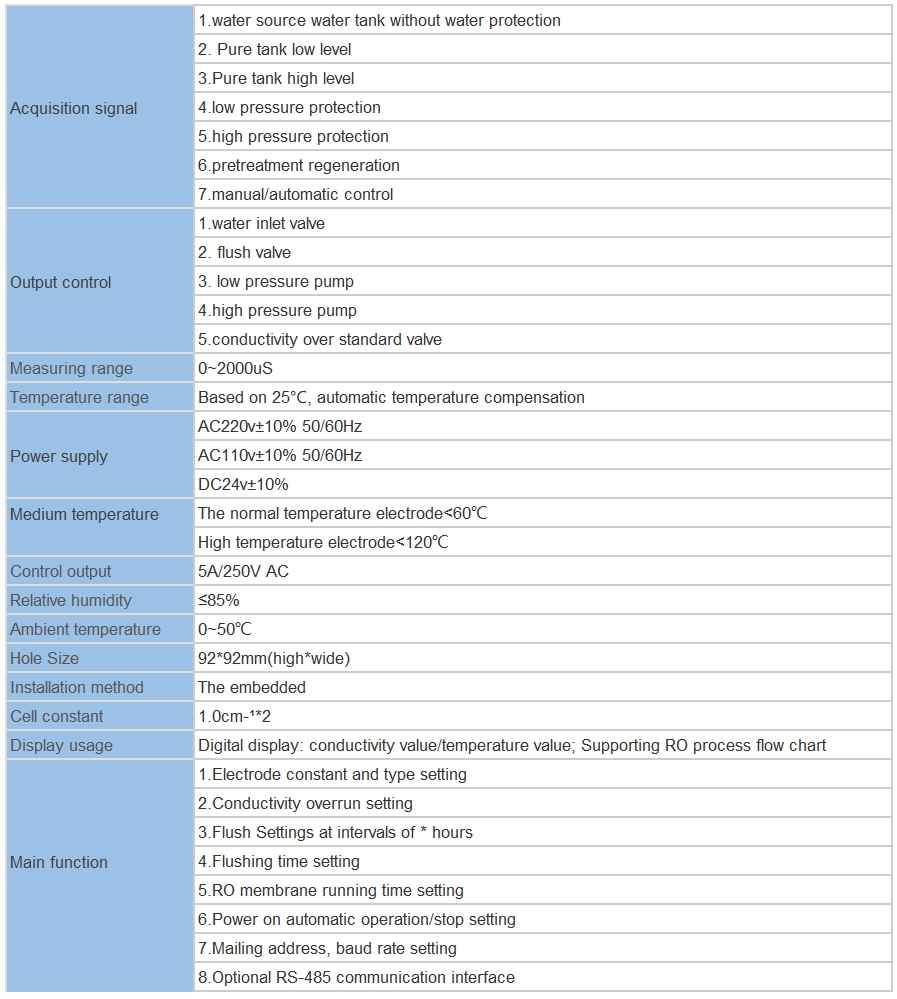
It is important to note that while TDS meters provide a convenient way to measure ppm in water quality testing, they do not differentiate between different types of dissolved solids. This means that the ppm reading obtained from a TDS meter represents the total concentration of all dissolved substances in the water, without specifying the individual components. For more detailed analysis of water quality, additional testing methods may be required to identify specific contaminants.
In conclusion, using a TDS meter to measure ppm in water quality testing is an essential tool for assessing the overall quality of water, monitoring changes over time, and ensuring compliance with regulatory standards. While TDS meters provide a convenient and reliable way to obtain ppm readings, it is important to remember that they measure the total concentration of dissolved solids in water without distinguishing between different types of contaminants. By incorporating TDS meters into water quality testing protocols, water professionals can effectively manage and protect water resources for the benefit of all.
How to Properly Calibrate and Use a TDS Meter for Accurate PPM Readings
A TDS meter, or total dissolved solids meter, is a device used to measure the concentration of dissolved solids in water. This measurement is typically expressed in parts per million (ppm), which indicates the number of particles of a substance per million parts of water. While TDS meters are commonly used to assess water quality, it is important to understand that they do not directly measure ppm. Instead, TDS meters measure the electrical conductivity of water, which is then converted into an estimated TDS reading in ppm.
When calibrating a TDS meter, it is crucial to use a calibration solution with a known TDS value. This solution should be close to the expected TDS range of the water being tested. By calibrating the meter with a solution of known TDS, you can ensure that the meter is accurately measuring the conductivity of water and providing an accurate ppm reading.
After calibrating the TDS meter, it is important to properly use the device to obtain accurate ppm readings. To do this, simply immerse the meter’s probe into the water sample and wait for the reading to stabilize. The meter will display the TDS reading in ppm, which indicates the concentration of dissolved solids in the water.
It is important to note that TDS meters are not able to differentiate between different types of dissolved solids in water. This means that the ppm reading provided by a TDS meter represents the total concentration of all dissolved solids, including minerals, salts, and other substances. While this can provide a general indication of water quality, it may not provide a complete picture of the specific contaminants present in the water.
| Model | pH/ORP-5500 pH/ORP Online Meter |
| Range | pH:0.00~14.00 ; ORP: (-2000~+2000)mV; Temp.:(0.0~99.9)\\u00b0C (Temp.Compensation: NTC10K) |
| Resolution | pH:0.01 ; ORP: 1mV; Temp.:0.1\\u00b0C |
| Accuracy | pH:+/-0.1 ; ORP: +/-5mV(electronic unit); Temp.: +/-0.5\\u00b0C |
| Temp. compensation | Range: (0~120)\\u00b0C; element: Pt1000 |
| Buffer Solution | pH value 9.18; 6.86; 4.01; 10.00; 7.00; 4.00 |
| Medium Temp. | (0~50)\\u00b0C (with 25\\u00b0C as standard) manual/automatic temp. compensation for selection |
| Analog output | Isolated (4~20)mA, Instrument/Transmitter for selection |
| Control Output | Double relay output (ON/OFF); AC 240V/3A |
| Working Environment | Temp.(0~50)\\u2103; relative humidity <95%RH (non-condensing) |
| Storage Environment | Temp.(-20~60)\\u2103;Relative Humidity \\u226485%RH (none condensation) |
| Power Supply | DC 24V; AC 110V; AC220V |
| Power consumption | <3W |
| Protection level | IP65 (with back cover) |
| Dimension | 96mmx96mmx105mm(HxWxD) |
| Hole Size | 91mmx91mm(HxW) |
To ensure accurate ppm readings, it is recommended to calibrate the TDS meter regularly and use it in conjunction with other water testing methods. For example, conducting a comprehensive water analysis that includes testing for specific contaminants can provide a more detailed assessment of water quality.
In conclusion, while a TDS meter does not directly measure ppm, it can provide an estimate of the concentration of dissolved solids in water. By properly calibrating and using a TDS meter, you can obtain accurate ppm readings that can help assess water quality. Remember to calibrate the meter before each use, use it properly to obtain accurate readings, and consider using other water testing methods for a more comprehensive analysis.

